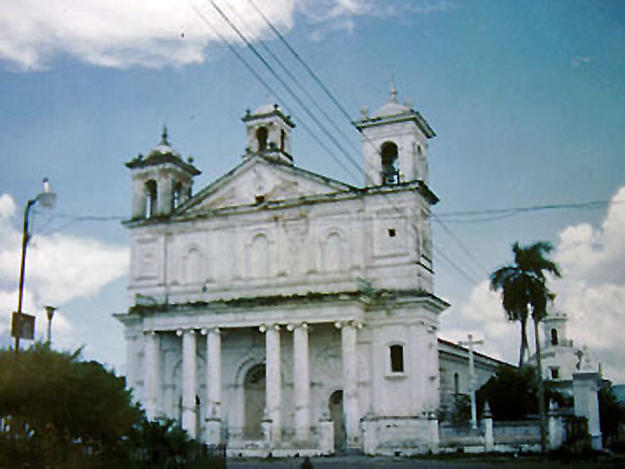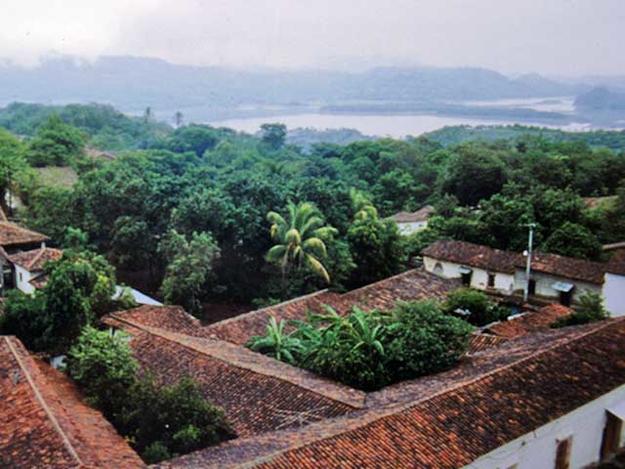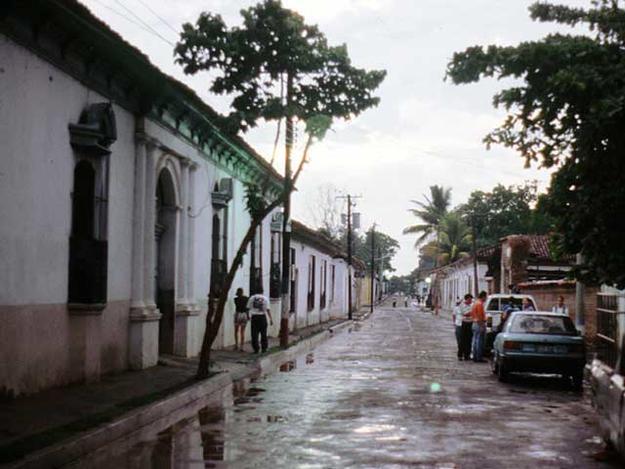1998 and 2000 World Monuments Watch
By the end of El Salvador's 12-year-long civil war in 1992, much of the population of Suchitoto City had vanished, even though the city was left largely intact. During and after the war, refugees from northern regions of the country settled in the city, and they have been followed by wealthy Salvadorans from the capital who have been buying houses in the historic core as second homes. As the demographics of the city's population change, its character is increasingly being compromised. The cohesive, mid-sixteenth-century settlement is characterized by one-story dwellings fitted with red clay roof tiles, and linked by arcades and interior courtyards. Although the repopulation and reanimation of the city is a reassuring development, Suchitoto's aesthetic integrity may be irreparably altered. Two-story-plus houses have been rising on streets lined with one-story dwellings, contextually inappropriate materials are being used on some structures, and architecturally incompatible buildings are jarring contrasts in the cityscape. Suchitoto City urgently requires a master plan for controlled, sensitive, sustainable development.
Since the Watch
Following Watch listing in 1998 and 2000, Suchitoto made strides in protecting its historic core. The historic center was designated a national cultural heritage site, an inventory of historic structures was compiled, and a management plan was developed. In addition, the government of Spain, through the Agencia Española de Cooperación Internacional (AECI), helped establish a school for the revival of traditional crafts and construction techniques. The Escuela Taller de Oficios Tradicionales de Suchitoto was established in 1998 and has developed a two-year interdisciplinary curriculum, with dozens of local men and women enrolling every year. After the first few years of its operation, the school played a central role in the restoration of the church of Santa Lucia, on Suchitoto's central square, and AECI has expanded its support for the protection of the city's cultural heritage. Meanwhile, authority to regulate changes to the city's historic buildings was transferred from the national government to the municipality of Suchitoto. As part of its commitment to historic preservation, in 2008 the city hosted the first Central American Meeting on the Management and Sustainability of Historic Centers. January 2011



